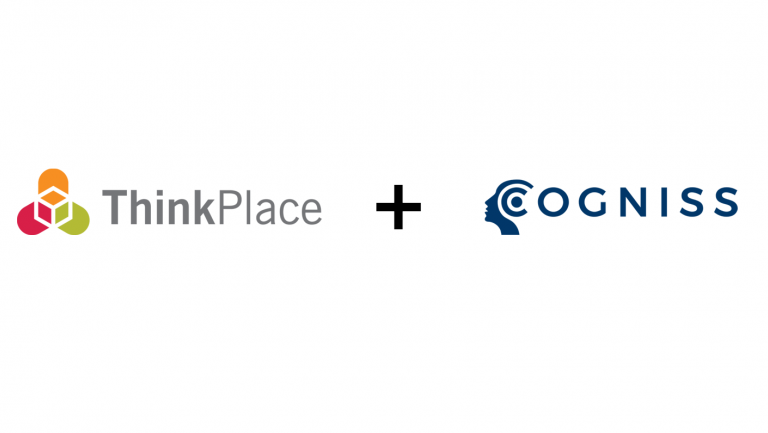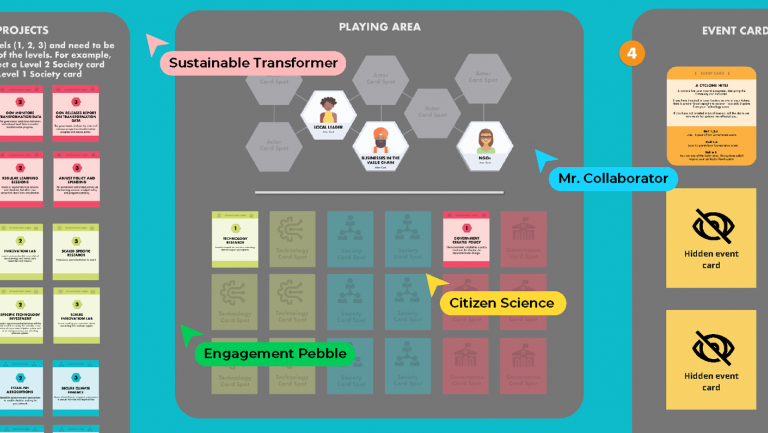Sign up for our monthly newsletter
Beauty is in the eyes of the beholder: But what exactly are they looking at?
In March 2016, ThinkPlace team members Nicole and Kerstin used a state of the art eye-tracking software to conduct a qualitative and quantitative usability evaluation of how users, consumers and professionals, interacted with their client’s website and e-Business Services portal.
The software works in three steps. First, an infra-red camera emitting small, discreet infra-red lights is placed at the base of the monitor. Then, the infra-red camera detects the eyes of the user and is calibrated accordingly by the facilitator. Finally, the beam reflects from the user’s eyes onto the monitor and captures where his/her gaze falls.
Using the software, our team produced 3 types of maps— Heat, Fixation, and Opacity.
Heat maps use a rainbow-like colour spectrum to indicate the density of where and what users look at most; red areas demonstrate the ‘hottest’ view/gaze points of the user. Fixation maps calculate how long users spend looking at a particular thing (image, text, icon etc.) and are particularly useful when demonstrating how users interact when reading long, dense information. Opacity maps conceal the areas of the screen that are not being viewed at any given time; they are a useful tool to show focus points.
The results from the trial were informative. Most users, especially everyday consumers, skim over lengthy text very quickly and do not take the time to read closely. Their gaze tends to fall on the left side of the screen, suggesting that they pay most attention to headings and the beginning of sentences. The use of iconography captures the majority of the users’ attention. They often use these as the primary method to understand what a page and/or section is telling them. The notable exception is industry professionals, who tend to be more willing to read though text-level information (in small paragraphs or bullet points) because they appear simple and well-designed.
There are two points to note, however. Bifocal glasses often affect the infra-red camera’s ability to track the eye and can result in misleading data. Since this software cannot capture a consolidated finding over a period of time or over several users, careful calibration and trial runs are required to use the program effectively and get the best results.
Overall, the eye-tracking software worked well to trace the live eye movements of participants involved in the evaluation. It provided visually engaging and compelling maps that could be easily captured as a screenshot and presented to the client for evidence to support a certain finding. The technology is discreet and the majority of participants were very interested to see how the whole set-up worked.





